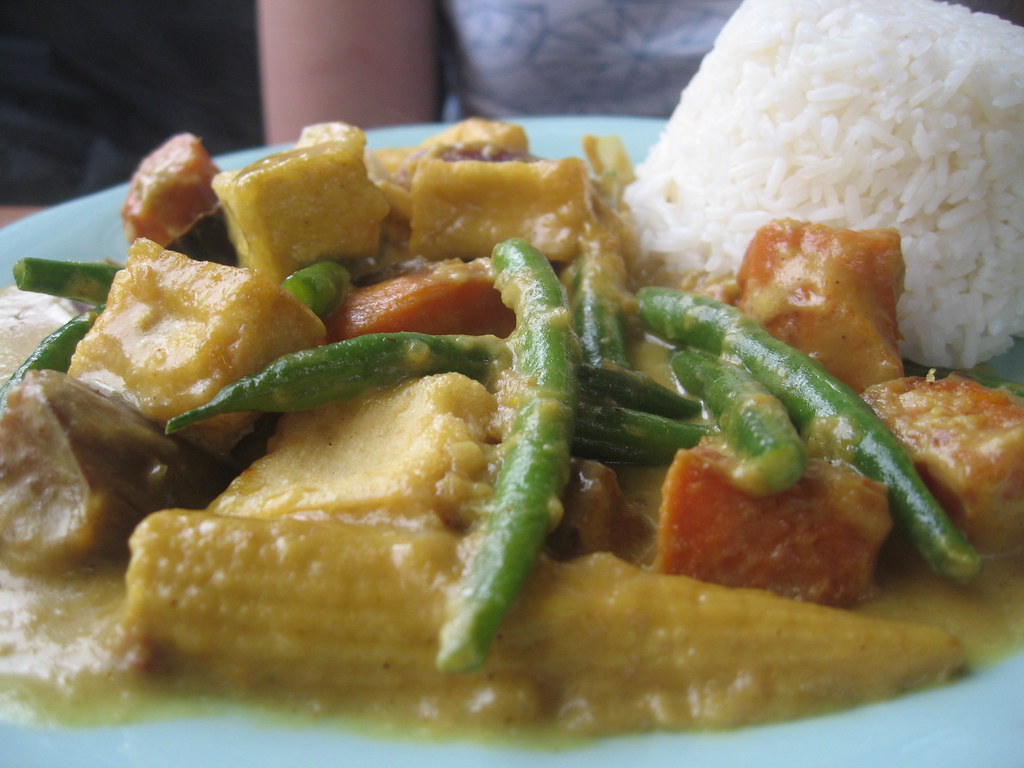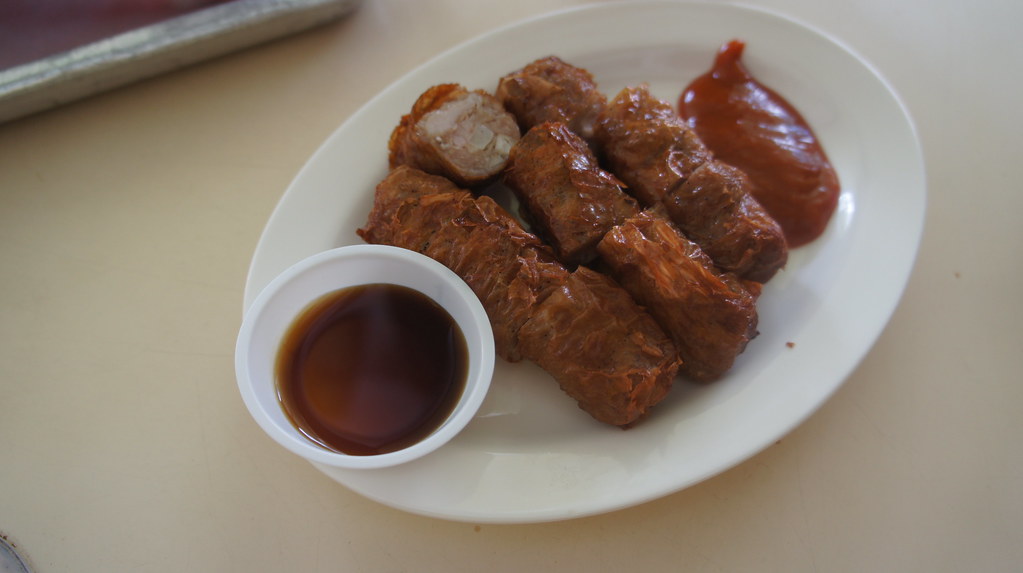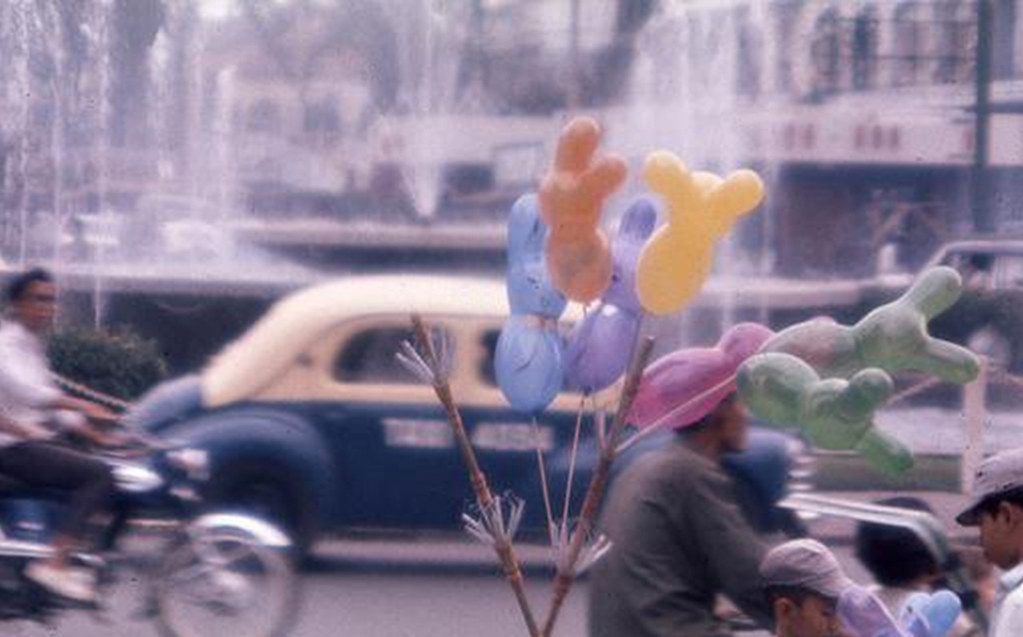Vietnamese Traditional Costume Ao Dai: Symbol of Femininity and National Pride

In Vietnam, the traditional national costume known as Ao Dai holds a special place in the hearts of its people. This elegant and graceful attire has become an iconic symbol of the country, representing both femininity and national pride.
Origins of the Ao Dai
The origins of the Ao Dai can be traced back to the 18th century, during the reign of Lord Nguyen Phuc Khoat. Initially, it was a loose-fitting gown worn by both men and women. However, over time, it evolved into a more distinct and feminine attire for women.
Design and Features
The Ao Dai is a two-piece outfit consisting of a long gown and narrow pants. The gown is usually made from lightweight fabric, beautifully tailored to fit the body's curves. It typically features high slits on both sides, allowing for ease of movement and a touch of allure.
Symbolism and Cultural Significance
The Ao Dai is not just a piece of clothing; it carries deep symbolism and cultural significance. As a symbol of femininity, it accentuates the beauty and grace of Vietnamese women. The slender silhouette highlights their delicate features and modesty.
Moreover, the Ao Dai represents the pride and resilience of the Vietnamese people. Throughout history, the Vietnamese have faced many challenges, yet they have always preserved their traditions and culture. The Ao Dai serves as a reminder of their strong national identity and unity.
Modern Adaptations
In recent years, the Ao Dai has undergone modern adaptations while still retaining its essence. Fashion designers have infused contemporary elements into the traditional design, experimenting with various colors, patterns, and fabrics. This has allowed the Ao Dai to remain relevant in today's fashion industry while staying true to its cultural roots.
Influences on Pop Culture
The Ao Dai has also influenced popular culture beyond Vietnam's borders. Its elegance and beauty have captured the attention of people around the world. It has been featured in various international fashion shows and films, bringing global recognition to Vietnamese fashion and culture.
Conclusion
The Vietnamese national costume, the Ao Dai, is not merely a piece of clothing; it represents the embodiment of femininity, national pride, and cultural heritage. Its timeless beauty and cultural significance continue to inspire and captivate people worldwide, making it a true symbol of Vietnam.





